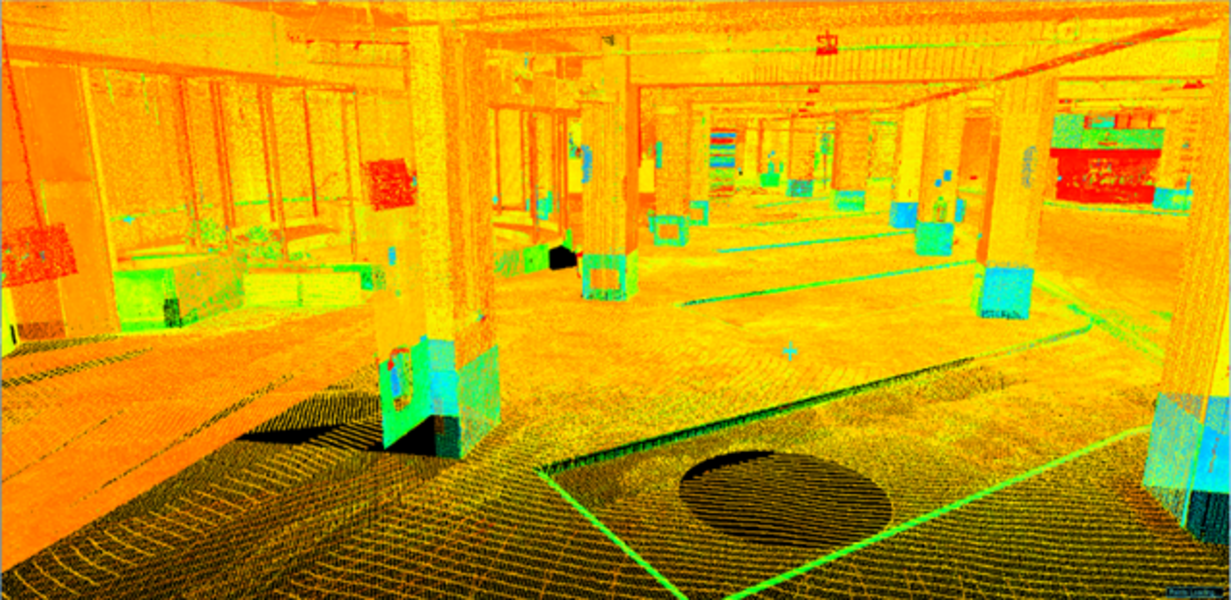WP4 Results : Pilot project in "campo 24 de Agosto" bus station
The bus station "Campo 24 de Agosto" is located in Porto, Portugal. The bus station was completely renovated in 2016 and reopened to the public in May 2017. This bus station occupies the basement of an office building, covering an area of 4805 m2. The bus station is open every day of the week, from 04:00 to 01:00 in the morning.
The bus station is only dedicated to bus transportation, with a total of 15 wharves, and welcomes approximately 2 million passengers every year. Near the wharf area are also various multipurpose spaces, such as a waiting room, administrative offices, a commercial area, services and pedestrian zones. The waiting room is located around the platforms, without physical separation between the two spaces, thus preventing the installation of an air conditioning system.
The recent renovation of the building has enabled the installation of energy efficiency solutions, such as LED technology for the lighting system. The Sudoe Stop CO2 studies have identified the energy standards of the station's main fuel burners, associated with lighting and vending machines.
1. The application of the "Methodology of energy management of public transport stations by means of numerical modeling tools" (BIM) elaborated in the project makes it possible to identify the most adequate energy solutions for the bus station, as well as evaluate the behavior of the building.
2. The consumption of vending machines can be reduced and optimized simply by switching off the devices during the closure of the bus station, without this affecting the quality or condition of the products sold. It is therefore recommended to install programmable automatic shutdown systems, to ensure that the devices operate according to the real needs of users.
3. The studies carried out in this bus station in order to evaluate the thermal comfort of the users show that they have an important ability to adapt to thermal variations. However, the provision of quality public transport services and the development of infrastructures capable of meeting user expectations deserve special attention. It is therefore recommended to improve the thermal comfort of users through the creation of isolated independent areas acting as waiting rooms.
